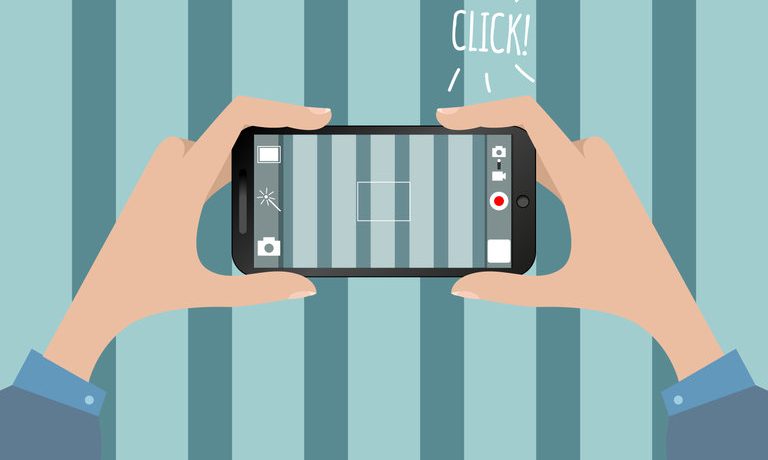

Placing keywords in your content is not the only approach to generate traffic on your website and to possibly increase your customer base. Optimising the images on your website is also a great way of maximizing the opportunities brought by Search Engine Optimisation (SEO). But how can you do this? This you will surely ask. It is very easy. Below are the steps to follow:
What is the web page all about? Is it about your company? Then take a picture of your shop and publish it on your website. What does your article tell the readers? Summer programs are essential for the honing of the particular skills of their children. Then publish images of the children who have gone to your after-school centre. Choose those that show the kids performing different activities. What if you have no pictures on file? Go to sites that offer free use of photos or buy online so you can have the authority to use them on your website.
This approach is the same as article writing. If you insert keywords in your content for SEO, you should also include keywords in your pictures. For instance, the original filename of the image is image1.jpg, change it to homerepairservice.jpg if it refers to the home repair service that your company provides. Avoid keyword stuffing even in image optimisation.
In addition, use file formats that are supported by most search engines. These include GIF, JPEG, BMP and PNG.
The photos that you will include in your web page cannot be read by search robots for the reason that they are not texts. But you can find a solution to this by using the Alt attribute. It enables you to assign alternative text for the pictures that will then be treated just like an anchor text. However, in case you already have anchor texts in a specific web page where you will place the images, make sure that you minimize the text links. Also, shorten your Alt text so it will not be considered as spam.
You create the value of the Alt text or Alt tag. For example:
<img src=”/homerepair.gif” alt=”Home Repair Service” />
Search robots will read these: home repair and home repair service.
Some website owners mistakenly place their images in different directories. Never do this. You must make the path to your images simpler so the crawlers can easily find them.
In case you are using WordPress for your blog, you can still place an Alt tag for each of your images by filling in the “Alternate text” box with your keyword. This can be seen below the image that you uploaded a while ago.
The images you use on your website give users a glimpse into what your company is all about. If you’re lazy when it comes to picking images, then that will reflect poorly on you and the company. The best way to get your point across is to use original images.
Picking original images will lead to better and more unique user experience across your website. You can have your designer create infographics and visualizations in various programs. With a good quality camera, you can also take some in-house photos to use as well.
Website pages often require very specific photos to get their point across. You or your UX designer might opt for using the occasional stock photo. This is standard procedure but you have to be careful with using images without the permission of the owner. Stock photo websites are a great source of interesting images to use for your website. You must ask for permission before using one of their licensed images.
To avoid any hassle with copyright conflicts and similar issues, you could always search the web for free images that have no license. When searching with Google Images, you have the option of filtering out images that are licensed. This will reduce the pool of choices you have, but you won’t have to worry about any issues with fair use of the images.
After you’ve obtained the images you want to add to your website page, you can try to improve them to make them more suitable for your goals. Programs like Photoshop are ideal tools for adding effects to your images. You can make your images more appealing by adding lines of text over them or by adding a personal touch.
More advanced users can manipulate the images into whatever they please, but that might defeat the purpose of obtaining the image in the first place. For maximum results, it’s enough to add some filters and a bit of text over the images.
Images and GIFs are the primary culprits in slow loading times for websites. Their enormous size compared to text makes them difficult to integrate without slowing down the whole process. In order to prevent this, you will want to reduce their size by using compression techniques and resizing. Images tend to be unnecessarily large due to unimportant information contained within them. Tools like Photoshop can reduce their size to a bare minimum by removing that information and leaving you with just the image you want.
A compression is a useful tool because it leaves you with a more compact and versatile image. The only drawback is that the quality of the image may suffer after being compressed. Remember to resize the image to best fit your page. It’s all about finding the right balance between image quality and compression. A minimal loss in quality won’t affect your page views, but slow loading times most certainly will.
Optimising your images will help you get a better position in the search engine results pages or SERPs. This is often overlooked by some SEO specialists because they focus on using keywords for web content. They do not realize that these images can generate traffic not only in image search but also in the SERPs. Do not be one of them. Grab this chance to optimise the search engine in your site.


How to Develop a Unique Digital Marketing Strategy for E-Commerce


How to Generate Traffic from Facebook Page
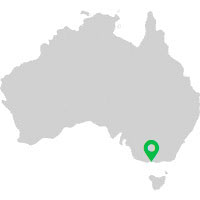

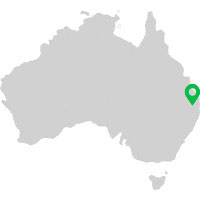

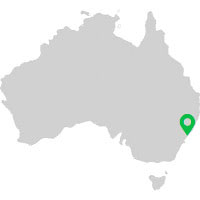

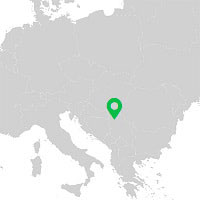

Dunavska 13
21000 Novi Sad, Serbia